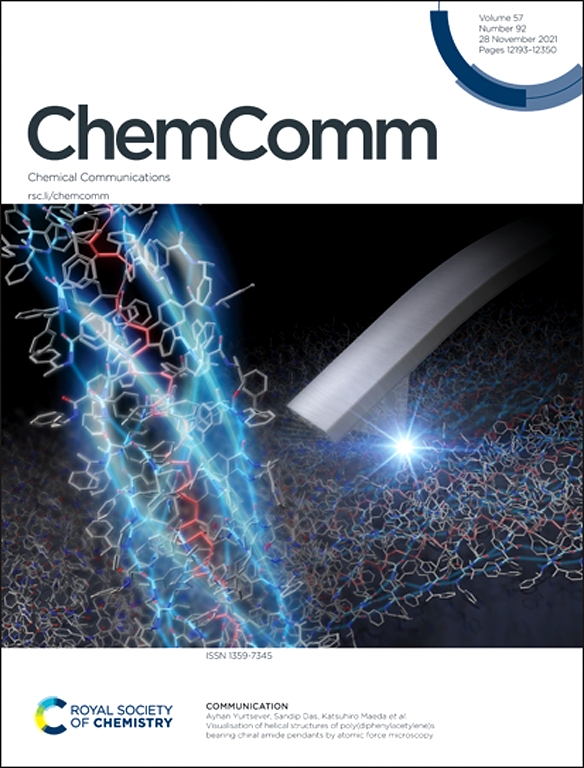A revolutionary paradigm in chemistry and materials science research: self-driving laboratories
IF 4.2
2区 化学
Q2 CHEMISTRY, MULTIDISCIPLINARY
引用次数: 0
Abstract
A self-driving laboratory (SDL), an automated experimental platform that integrates machine learning algorithms and robotics, has the potential to revolutionize traditional research methods and accelerate progress in chemistry and materials science. However, despite its significant potential, the development and practical application of SDLs have not yet met expectations. To date, only a limited number of SDLs have been successfully constructed and applied in research, mainly due to the challenges involved in fostering interdisciplinary collaboration and achieving high levels of system integration. In this review, we present a comprehensive overview of recent SDL applications in chemistry and materials science. Firstly, SDLs used for reaction optimization are discussed, including the refinement of photocatalytic reaction conditions and the exploration of Pareto Frontiers in homogeneous catalysis. Next, their role in materials synthesis is examined, focusing on the production of optical materials and catalytic materials. Additionally, SDLs’ application in mechanistic investigation is introduced, such as the identification and study of molecular electrochemical mechanisms. Finally, we highlight the key challenges that must be considered and overcome to facilitate the advancement and wider implementation of SDLs.

化学和材料科学研究的革命性范例:自动驾驶实验室。
自动驾驶实验室(SDL)是一种集成机器学习算法和机器人技术的自动化实验平台,有可能彻底改变传统的研究方法,加速化学和材料科学的进步。然而,尽管具有巨大的潜力,但SDLs的发展和实际应用尚未达到预期。迄今为止,只有有限数量的sdl被成功构建并应用于研究,这主要是由于在促进跨学科协作和实现高水平系统集成方面所涉及的挑战。本文综述了近年来SDL在化学和材料科学中的应用。首先,讨论了用于反应优化的sdl,包括光催化反应条件的改进和均相催化领域Pareto前沿的探索。接下来,研究了它们在材料合成中的作用,重点是光学材料和催化材料的生产。此外,还介绍了sdl在机理研究中的应用,如分子电化学机理的鉴定和研究。最后,我们强调了必须考虑和克服的关键挑战,以促进可持续发展目标的推进和更广泛的实施。
本文章由计算机程序翻译,如有差异,请以英文原文为准。
求助全文
约1分钟内获得全文
求助全文
来源期刊

Chemical Communications
化学-化学综合
CiteScore
8.60
自引率
4.10%
发文量
2705
审稿时长
1.4 months
期刊介绍:
ChemComm (Chemical Communications) is renowned as the fastest publisher of articles providing information on new avenues of research, drawn from all the world''s major areas of chemical research.
 求助内容:
求助内容: 应助结果提醒方式:
应助结果提醒方式:


